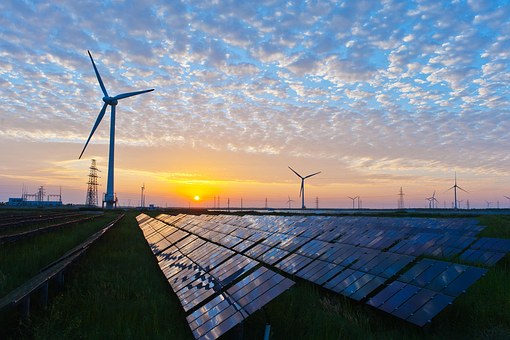New Jersey Board Accepts Study on Cost Impacts of Energy Master Plan

The New Jersey Board of Public Utilities on Aug. 18 accepted a cost impact study, assessing how the state’s transition to renewable energy will affect utility rates under the Energy Master Plan, or EMP. The study found that most ratepayers would be able to reduce their energy bills by electrifying buildings and transportation and lowering overall energy consumption. By 2030, these customers are expected to pay 10 to 20 percent less compared to 2020 levels. The study, conducted by consulting firm Brattle Group, only examined the impact on energy costs and does not include capital costs associated with clean energy investments. New Jersey has a goal of achieving 100 percent clean energy by 2050.
The state will benefit from reduced greenhouse gas emissions by approximately $1.75 billion per year in 2030 through its clean energy programs, according to the report. New Jersey meets its 50 percent greenhouse gas reduction targets by 2030 under all scenarios examined. In other words, this would be equivalent to avoiding emissions from the energy use of 3.4 million homes for one year, or the fuel consumption of up to 5.8 million gasoline vehicles for a year.
In the study, energy costs for ratepayers in 2030 are compared to corresponding costs in 2020 under three scenarios:
- Current Policy Pathway: Includes the total costs and benefits of clean energy programs under the current state policies and consistent with the current market trajectory
- EMP Achievement Pathway: Includes total costs and benefits of clean energy programs required to meet the EMP’s least cost pathway, designed to result in 100 percent clean energy by 2050.
- Ambitious Pathway: Assesses relative energy costs associated with achieving 100 percent clean electricity in 2035 instead of 2050.
A sensitivity analysis is also included in the study to examine what changes in emissions and total consumer energy costs would be expected under alternative assumptions, such as higher adoption of electric vehicles or increased efforts to decarbonize buildings.
The report found that ratepayers who do not participate in energy efficiency programs, shift to electric vehicles, or use electric heaters will face higher energy costs through 2030. Households that adopt energy efficiency are expected to spend 16 percent less in 2030 compared to those that continue to use fossil fuels. Further, the incremental cost of achieving 100 percent clean electricity in 2035 is only 2 percent higher than in 2050. According to the report, upgrading energy assistance programs for low-income customers is necessary to support the clean energy transition.
EnerKnol Pulses like this one are powered by the EnerKnol Platform—the first comprehensive database for real-time energy policy tracking. Sign up for a free trial below for access to key regulatory data and deep industry insights across the energy spectrum.
ACCESS FREE TRIAL